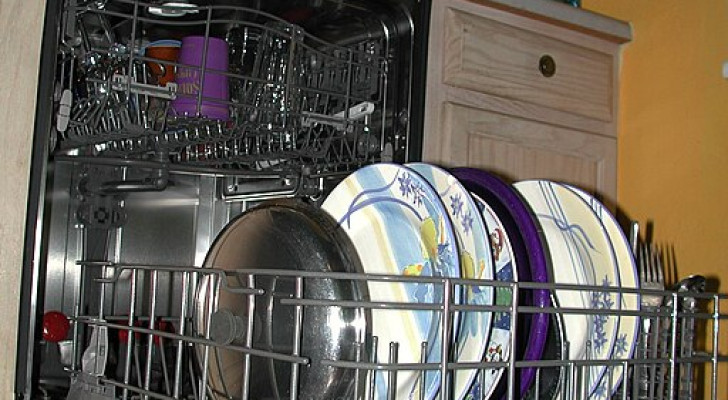When is the best time to sow a lawn? Let's find out with advice from experts
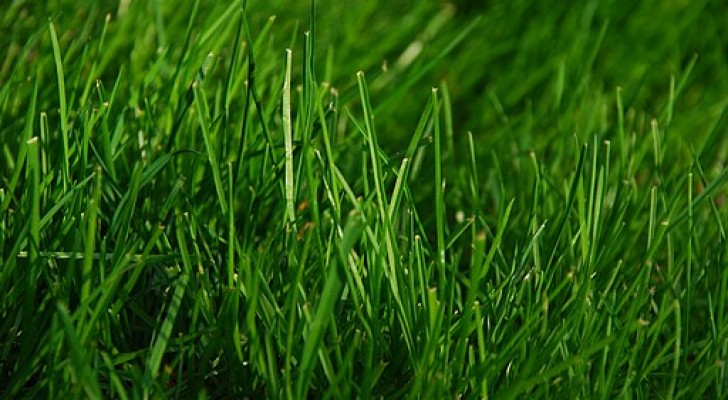
Anyone lucky enough to have a garden at home also wants to have a lush, well-kept lawn.
That said, it is well-known that it can be a massive undertaking to ensure a lawn is kept in tip-top shape and looking well-maintained at all times.
One of the most important factors to consider is sowing the lawn seeds. First of all, it is important to choose the right seeds for our needs and our local climate.
Secondly, we will need to sow our lawn at the right time to ensure that growth is ensured. The choice of the best time will depend on various factors such as the type of seed chosen, the climatic conditions, and the time available to us.
So when is the best time to sow the lawn? To answer this question, 3 factors must be kept in mind:
1. Type of seed
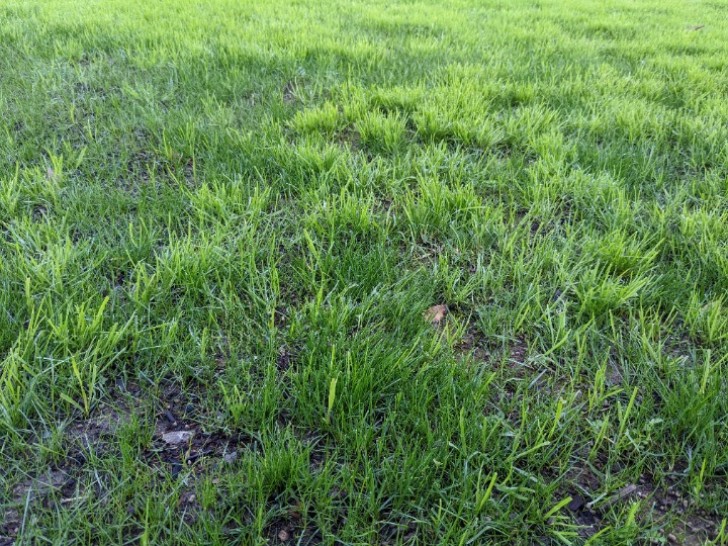
First of all, it is necessary to be able to make a distinction between the different types of seeds, since each will have its specific needs. There are two basic types of lawn grasses:
- Microthermal: these are those grasses that tolerate the winter cold well (even below 14 degrees C), but cannot tolerate extreme heat. Examples include poa, fescue arundinacea and ryegrass.
- Macrotherms: these are plants that require higher temperatures to survive; their optimal growth temperature is around 25-35 degrees C. They slow down their growth below 20 degrees C and stop growing at below 10 degrees C. Examples are couch grass, bermudagrass and zoysia.
2. Temperature
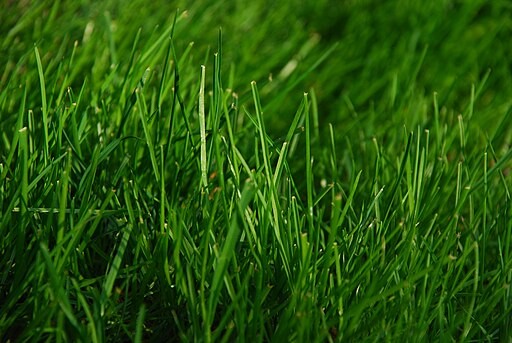
The correct time for sowing the lawn can be chosen based on the temperature, which must be ideal to guarantee germination of the plant and its roots. The soil temperature during the germination phase for microthermal plants must be above 10 degrees C and for this reason, the best times for sowing are in spring around March/April and autumn in September/October, when the temperatures of the soil have stabilized at levels above 10 degrees C and there is no risk of late or early frosts.
For macrothermal plants, however, the temperature necessary for correct development is higher and for this reason, it would be preferable to carry out sowing in late spring - at the end of May, or at the beginning of autumn.
3. Watering
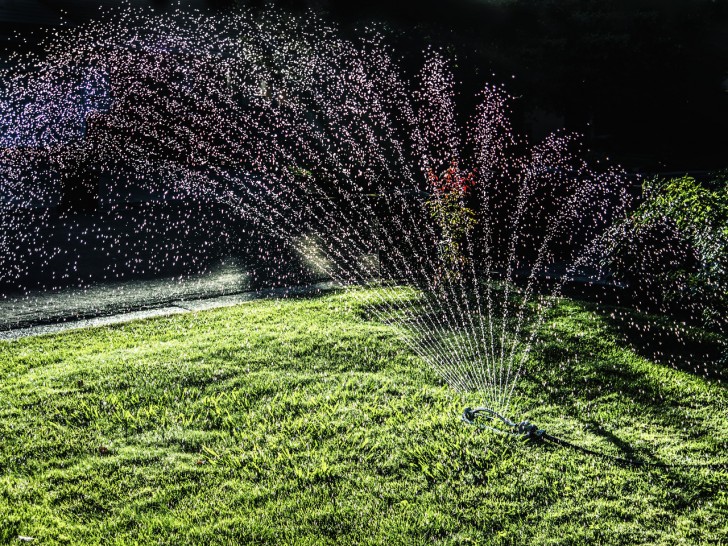
Finally, watering is also a fundamental element to take into account when sowing. Sow your lawn in a season where there is no excessive rain, which could damage the seeds. Irrigation must always keep the soil moist but never wet and it is therefore necessary to know what the grass needs.
In addition to these simple steps, we remind you that you should not step on the grass when it is growing and you should take measures to preven this from happening.
Are you ready to sow your lawn?

